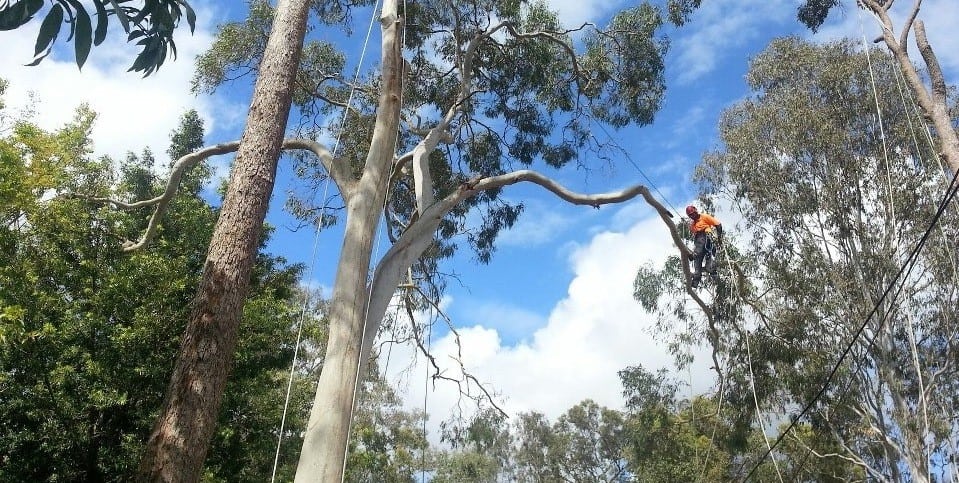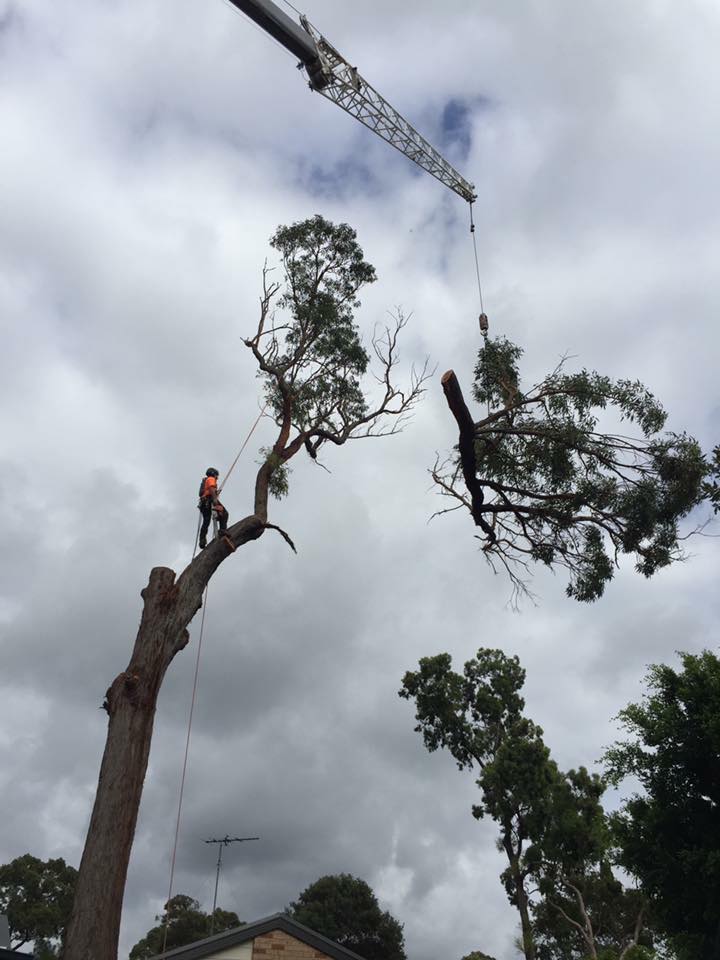Tree Loppin: The Dos and Do n'ts for Amateur Arborists
Tree lopping, a procedure of trimming or removing branches or limbs from trees, needs skill and knowledge to be accomplished efficiently and safely. For amateur arborists, recognizing the dos and do n'ts of tree lopping is vital to avoid damages to trees and guarantee individual security. "Tree Loppin: The Dos and Do n'ts for Amateur Arborists" provides comprehensive standards for those starting tree lopping undertakings. This useful overview discovers the fundamentals of tree lopping, consisting of the proper devices and tools called for, as well as essential methods to adhere to. It highlights the relevance of maintaining the health and wellness of trees during the lopping process and highlights usual blunders to prevent. Whether you're a novice or a skilled arborist, this book is an invaluable resource for mastering the art of tree lopping.
Understanding Tree Lopping Basics
One secret element of comprehending tree lopping basics is acknowledging the importance of appropriate pruning strategies. Pruning is a critical technique that assists maintain the health and wellness and looks of trees. When done properly, it advertises growth, lowers the threat of illness, and improves the overall framework of the tree.
Proper trimming methods include making strategic cuts to remove dead, damaged, or diseased branches. This not just removes prospective risks but also encourages brand-new development and enhances the tree's overall look.
Additionally, recognizing the different sorts of pruning cuts is crucial. Thinning cuts involve precisely eliminating branches to boost airflow and lower weight. Heading cuts, on the various other hand, include cutting the suggestions of branches to encourage side development. Both sorts of cuts play an important role fit the tree and preserving its health.
Correct Tools and Tools for Tree Lopping
To effectively do tree lopping, amateur arborists have to outfit themselves with the correct devices and devices. Having the right tools not only makes sure a risk-free and reliable tree lopping procedure but also helps in accomplishing preferable outcomes. One of the necessary devices for tree lopping is a power saw.

Dos and Do n'ts of Tree Lopping Techniques
Amateur arborists ought to constantly adhere to correct techniques when taking part in tree lopping to ensure the most effective outcomes and minimize potential threats. Tree lopping, also called tree covering, is a typical practice that includes removing the top branches of a tree. While it may feel like a basic task, it requires mindful consideration and adherence to particular dos and do n'ts.
Most importantly, it is essential to comprehend the significance of proper timing. When the tree is not proactively expanding, tree lopping ought to ideally be done throughout the inactive season. This helps decrease tension on the tree and advertises quicker healing. Furthermore, it is crucial to assess the tree's health and wellness and architectural stability before lopping. Harmful or structurally jeopardized trees might not react well to lopping and might present substantial threats.
When carrying out tree lopping, it is essential to make tidy and exact cuts. Prevent leaving stubs or jagged sides, as they can impede the tree's recovery process and invite illness and pests. It is advised to work with an expert arborist or use customized devices, such as sharp trimming saws or pole pruners, to ensure clean and exact cuts.
Furthermore, it is critical to think about the overall balance and appearances of the tree after lopping. Amateur arborists must aim to keep the natural form and form of the tree while getting rid of just the essential branches. Over-pruning or extreme lopping can bring about imbalances and effect the tree's wellness and appearance.
Finally, never ever effort to lop trees near high-voltage line or in harmful problems. It is vital to focus on individual safety and hire specialists for such tasks.
Making Sure the Health and Security of Trees Throughout Lopping
To ensure the health and security of trees throughout lopping, it is vital for amateur arborists to apply proper techniques and precautions. Tree lopping, advice when done inaccurately, can bring about irreversible damage or also the death of the tree. As a result, it is critical to adhere to specific standards to shield the tree's general wellness.

When it comes to the actual lopping procedure, it is important to make precise and clean cuts making use of sharp devices. Unequal or ragged cuts can develop open wounds that are susceptible to infections and insect invasions. In addition, it is necessary to prevent cutting as well close to the trunk or removing huge branches that are necessary for the tree's security and development.
Furthermore, it is important to think about the timing of the lopping task. Trimming throughout the inactive period, when the tree is not actively growing, is typically advised. This minimizes anxiety on the tree and lessens the threat of condition transmission.
Last but not least, after lopping, it is essential to provide correct care and upkeep to promote the tree's recuperation. This consists of regular watering, mulching, and keeping track of for any kind of indicators of stress and anxiety or illness.
Usual Errors to Stay Clear Of in Tree Lopping
When it comes to tree lopping, amateur arborists must be aware of common blunders to avoid in order to guarantee the health and wellness and security of the trees. While trimming is needed to preserve the tree's wellness and shape, extreme pruning can cause tension and damage to the tree. Additionally, using wrong tools is an usual mistake in tree lopping.
Final Thought
Finally, understanding the essentials of tree lopping and utilizing the appropriate devices and methods are crucial for amateur arborists. Ensuring the health and safety and security of the trees throughout the lopping process is critical, while likewise avoiding typical mistakes. By complying with these guidelines, amateur arborists can efficiently care for trees and add to their overall health.
Tree lopping, a process of cutting or removing branches or arm or legs site web from trees, requires skill and knowledge to be lugged out efficiently and securely. For amateur arborists, comprehending the dos and do n'ts of tree lopping is crucial to protect against damage to trees and guarantee individual safety. Tree lopping, additionally known as tree topping, is a typical technique that entails cutting off the leading branches of a tree. Tree lopping, when done inaccurately, can lead to irreversible damages or also the death of the tree. Tree removal Brisbane Southside.When it comes to tree lopping, amateur arborists have to be aware of usual errors to avoid in order to make certain the health and wellness and safety of the Tree lopping Brisbane Southside trees